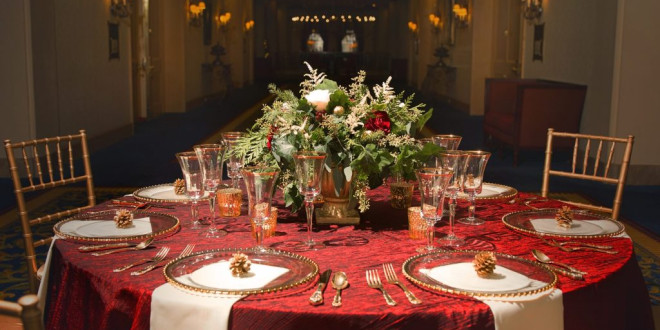[ad_1]
Many people feel that natural hair dyes are better because they are safer. But are they really safe to use?
There is a bit of controversy on this subject because many people argue that natural hair dyes are not really natural. Most hair dyes contain 4-methoxy-m-phenylenediamine (4-MMPD) and 4-methoxy-m-phenylenediamine sulphate (4-MMPD sulphate), which are known carcinogen. Other harmful chemicals are also commonly used.
"If a natural product contains words like amino, nitro or phenyl or names of colors starting with the letters HC, the product is not natural," according to John Corbett, vice president of the Cosmetic Toiletry and Fragrance Association's scientific and affairs committee. Corbett was quoted in the Sept. 1998 Vegetarian Times article, "Hair color to dye for: the good, the bad and the ugly on natural cover-ups," which appeared on the BNET Business Network website.
However, while "natural" hair dyes may not be natural, they may not need to be dangerous. Hair and scalp specialist Christopher Mackin pointed out in the same article that the only way dye will get into the body is if there is an allergic reaction in the scalp and the dyes penetrate the blood stream. Mackin did warn against using dyes with more than 10-percent peroxide, "because more than that will go into the cuticle."
The article also warned against using natural hair dyes using coal tar, which has been found to cause cancer.
Only one natural hair dye has been approved for use by the US Food and Drug Administration: henna. Henna is made from the leaf and stalk of a shrub that grows in Africa, Asia and Australia. Henna is popular because it softens and strengthens the hair.
Henna gives hair a reddish sheen that varies depending on the hair's original color:
Blond hair become strawberry blond.
Red hair becomes a more intense red.
Brown hair takes on a copery sheen.
Black hair becomes chestnut brown.
Gray hair becomes orange.
Other natural hair coloring products are not found on store shelves. They can be found right at home. People have used lemon juice to lighten blond hair for years. Simply pour it on hair and dry it in the sun.
Likewise people have darkened their hair by rinsing it in water used to boil potatoes. A variety of teas can be rinsed through the hair, which will create many effects: Brunettes can add highlights by rinsing strong tea or coffee through their hair. They can add golden highlights with orange pekoe tea. Blonds can do likewise with chamomile tea.
Other natural hair coloring tips include mixing soy sauce and vinegar to highlight dark hair. Red heads can enhance their natural color with cranberry juice. Brown hair can be made darker by boiling walnut husks in water for 15 minutes, strain out the husks and apply the water to the hair.
Gray hair can be covered by using a mixture of rosemary and sage. Simmer these herbs in water for several hours then apply it to the hair and allow it to dry.
Commercially prepared natural hair dyes may not be as natural – or as safe – as advertised. However, there are many really natural ways to enhance your hair's natural appearance.
[ad_2]
Source by Lisa Marie Carter

